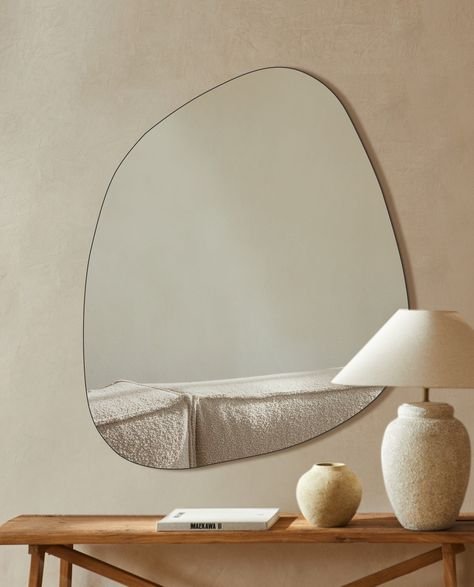What is the Meaning of Biophilic Design?
AND HOW TO INCORPORATE IT INTO YOUR HOME
By Emma Peugh & Jaclyn Tracy
Emma Peugh’s Balcony
What Is Biophilic Design?
BIOPHILIC DESIGN IS A CONCEPT USED IN ARCHITECTURAL DESIGN AND INTERIOR DESIGN TO INCREASE OCCUPANT CONNECTIVITY TO THE NATURAL ENVIRONMENT THROUGH THE USE OF DIRECT NATURE, INDIRECT NATURE AS A MEANS OF PRIORITIZING MENTAL HEALTH AND WELLNESS.
Biophilic design centers design decisions around nature with the goal of improving overall well-being.
Small houseplants, large scale trees, indoor herb gardens, living wall installations, water features, nature photography and artwork — all fall under the category of biophilic design.
Study nature, love nature, stay close to nature. It will never fail you.
— FRANK LLOYD WRIGHT
The Benefits of Biophilic Design
This nature-focused design style has been proven to lower stress levels, regulate the body’s natural state of being, and improve productivity. With the incorporation of natural light via skylights or large windows, the body’s circadian rhythm is balanced, making one feel more rested and productive during wake hours.
With the inclusion of living plants in your everyday space, air quality is improved, which in turn, improves breathing. Stress levels are decreased, improving focus. And mood is lifted, improving connection to oneself and others. Utilizing water in interior and exterior design can also create a very meditative environment.
Examples of Biophilic Design in Public Settings
THE WARDIAN
London, UK
showcases nature in every corner of its architecture. A luxury residence truly highlighting biophilic design with its floor-to-ceiling indoor trees, private garden walk-throughs, windows as large as can be, and pool immersed in a jungle-like setting. Hard to believe this residence is located in the heart of London.
BOSCO VERTICALE
Milan, Italy
The Bosco Verticale (‘vertical forest’) are two residential towers in Milan, whose walls and balconies are covered in thousands of shrubs and bushes. Captured rainwater systems irrigate the greenery.
Retail Design Institute
RETAIL DESIGN INSTITUTE
Brooklyn, New York
Lots of plants on the walls and throughout the room make this industrial space much more biophilic
How To Incorporate Biophilic Design Into Your Home
As you begin to weave biophilic design into your home, you’ll begin to appreciate the positive impacts it has one your daily life. Here’s how you can do it.
Image by Eyeswoon
FRESH AIR
Creating space for an urban garden or an outdoor patio has mood-boosting benefits in a home setting. Allows you to take in that vitamin D, get outside throughout your day and connect with nature.
Image by Emma Peugh
PLANTS
Incorporate a statement plant or tree in each corner of the home. Monstera plants are perfect for this. On sunny days, the light filters in through the windows, creating funky shadows through the leaves.
Image by Ethnik Living
NATURAL SHAPES
Nature displays it’s curves, edges, textures and imperfections. In biophilic design, we want to display that same natural feel through curved furniture, organic shapes (such as the mirror above) curtains made of organic textiles and textures that make us feel something. Pro Tip: Steer away from straight lines and symmetry.
Image via Pinterest
NATURAL COLORS
We love natural colors at SISTAIN because of their timeless nature. And we are not just talking brown, beige tones. Think of the sea, the deep blues. The sky during a beautiful sunset with it’s watercolor purple, pink, orange hues. The forest on a rainy day with it’s with deep mysterious greens.
Image by Jaime Kowal
ART AND NATURE
Incorporating artwork or photography inside your space will immediately bring to life a blank wall. One of our go-to photographers, Jaime Kowal, captures nature imagery so beautifully. Looking at such serene, textural, captivating imagery can transport your mind to another land. Below are some of my personal favorites available for purchase on Jaime’s site!
Image via Pinterest
SOUND OF WATER
“This deep biological connection has been shown to trigger an immediate response in our brains when we're near water. In fact, the mere sight and sound of water can induce a flood of neurochemicals that promote wellness, increase blood flow to the brain and heart and induce relaxation.”
— QZ















